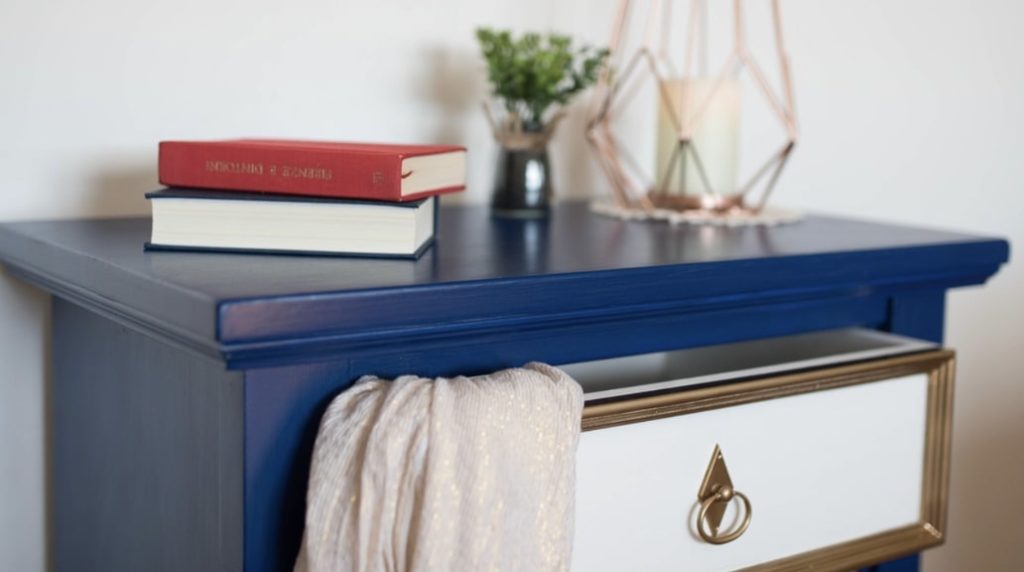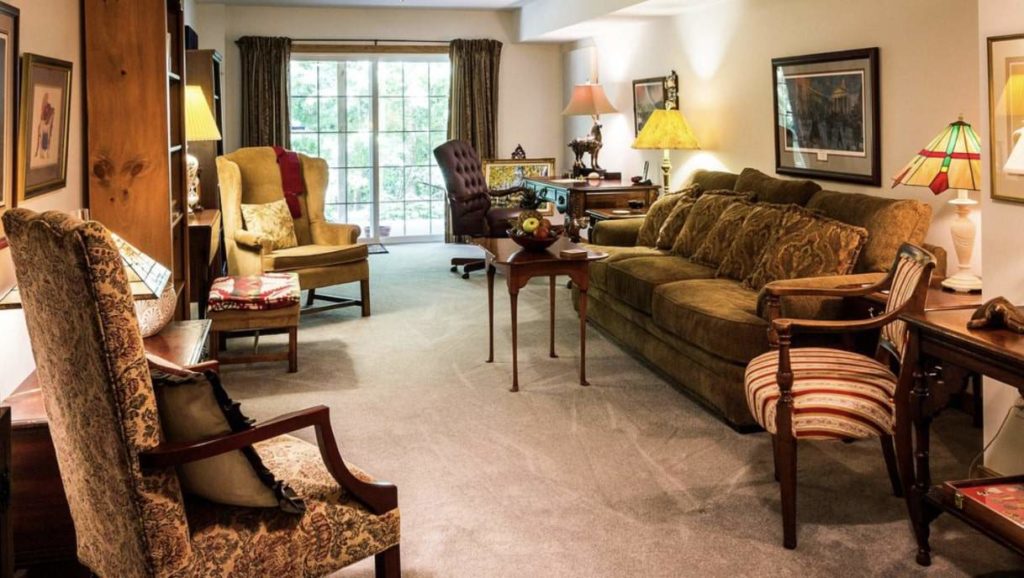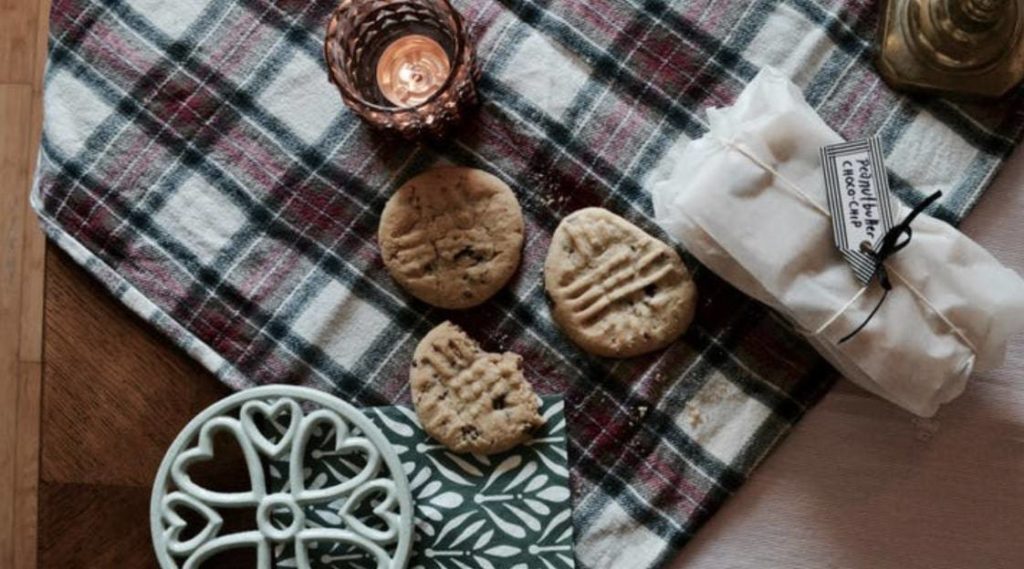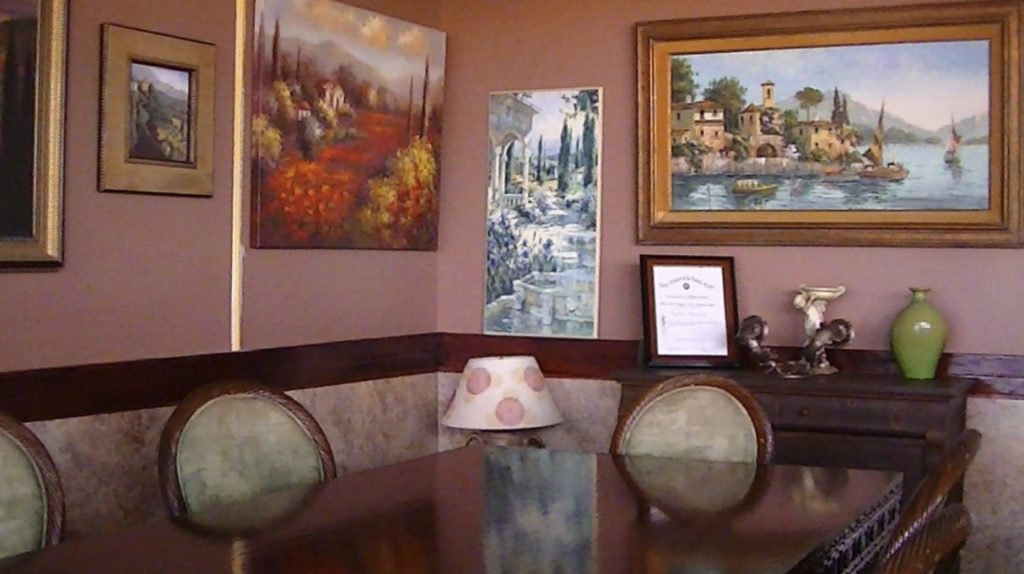What Is Traditional European Interior Design?
Traditional interior design, as the term suggests, consists of house decor from any time in the past. The overall look of which tends to be classic, cosy, rich, and symmetrical.
However, some interior designers specifically think of the European style of the 18th to 19th centuries when they hear “traditional interior design.” This means using wood textures, round contours, chandeliers, paintings, and other ornaments reminiscent of that period.
The reason this style is still alive in houses today is it’s timeless. We like to go back or know what it must have been like to live in a place during an older era—one that we can call home.
In this guide, we’ll delve more into traditional interior design, particularly its key elements. Along the way, you’ll also get some conventional decoration ideas and tips that you can use.
Key Elements of Traditional Interior Design
Pleasant and Welcoming Hues

Before the minimalist, half-adorned rooms of today, home design focused on creating a comfy and welcoming environment.
It mostly used contrasting neutral and dark paint colours. Neutral tones like grey were used on walls and dark colours like red, brown, and green on accent pieces to create a beautiful contrasting effect.
While people also used bright colours, they were not designed to be garish or too strong for the eye.
Classic Furniture and Furnishings

Influenced by the royal tradition in Europe, furniture and upholstery were durable and had elaborate details.
Are you familiar with tufted upholstery, claw-footed bathtubs, and contoured sofas? Those were a hit back then and are still used in some houses today to class up their interior.
Furthermore, if you go to the living room or kitchen, you’ll mostly see curved edges and round shapes along with bronze, silver, or gold finishing touches.
Symmetry and Order
Symmetry and order are important elements of the traditional decor style.
Each piece of furniture and fixture complements each other, and they look neat and orderly together. These give the space a harmonious look.
On the other hand, interior designs today are more outside of the box or experimental. They push boundaries and go for unusual and attractive aesthetics—something that expresses one’s personality better.
Ornate and Heavy Fabrics
Traditional people fancied ornate and heavy fabrics for their drapes, curtains, pillows, bed sheets, blankets, rugs, and carpets.
Ideally, they should be made of premium materials—for instance, silk, velvet, and leather. Also, typical patterns during the industrial society (18th to 19th century) were damask, plaid, florals, and paisley.

All of these brought the owner and their family satisfying design and excellent comfort. Of course, only the middle to upper-class families were able to afford them.
Elegant Items and Architectural Details

The character of a traditionally decorated house is in its details found in both its accessories and its architecture.
Accessories include china plates and cups, gold and silver items, candelabras, and lamps. As for the structural details, this includes wall panelling, artistic cornices, and columns.
Often there’s a designated room with a single focal point that makes it a highlight of the house. For example, there’s a fabulous oil painting or a fireplace around which the family can gather and chat or read a novel.
Conclusion
It’s super nice to live in a house with traditional interior decor. There, you both feel homey and comfortable while being able to enjoy every detail of the house and its gestalt—the unity of all its parts.
With its symmetry and order, you feel that everything is clean, accessible, and familiar. It may also make you feel secure with your family and somewhat closer as a result.
While it may take some effort to transform your current decor into vintage style, luckily, there are lots of interior designers you can rely on that will do the entire work for you from start to finish!


